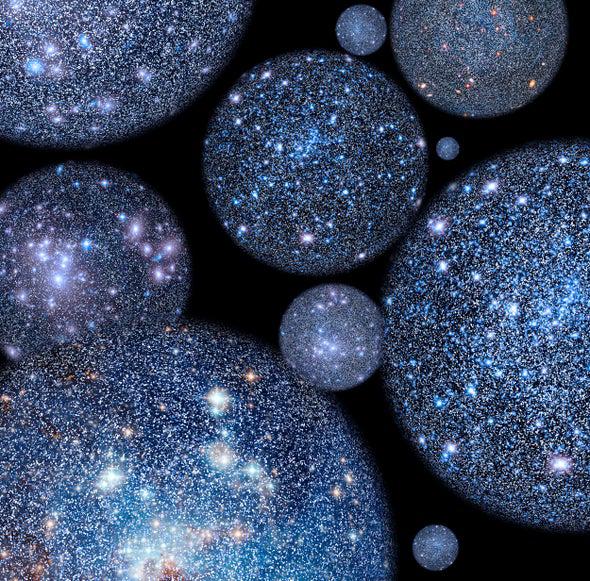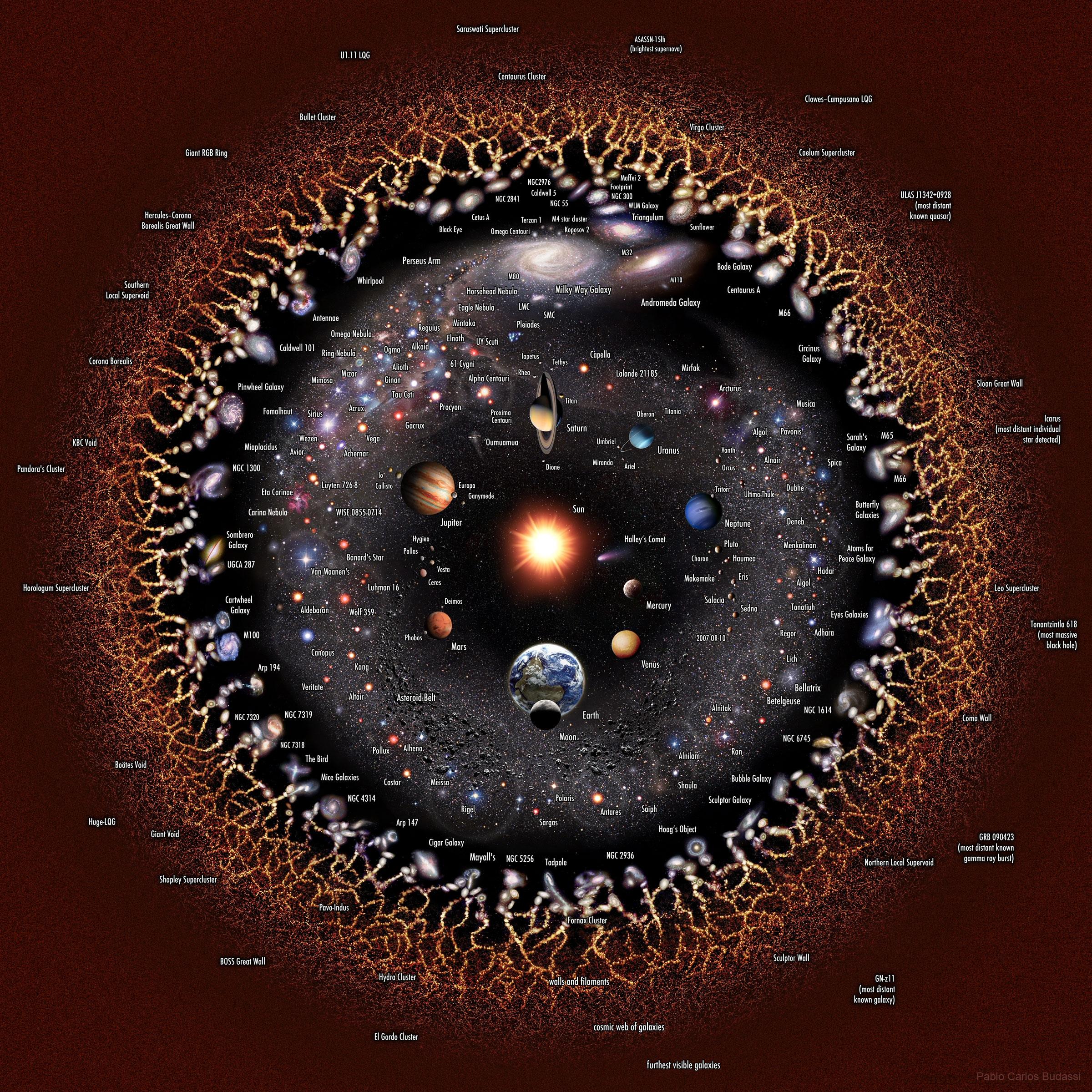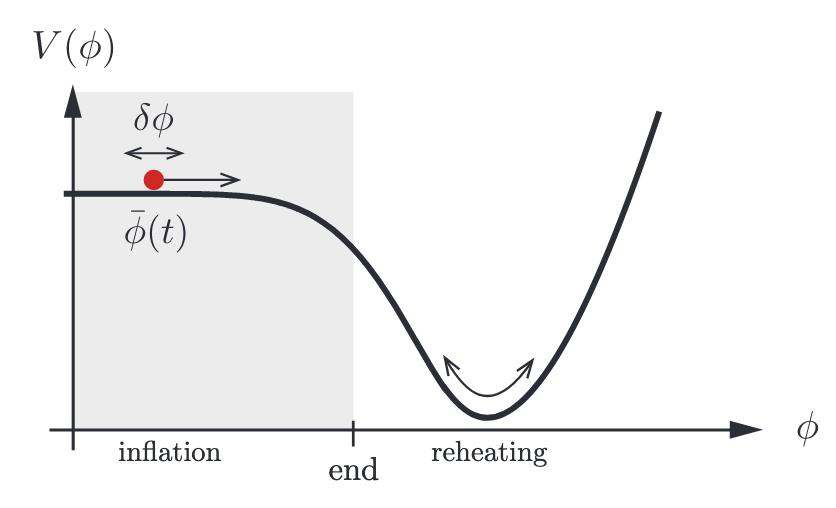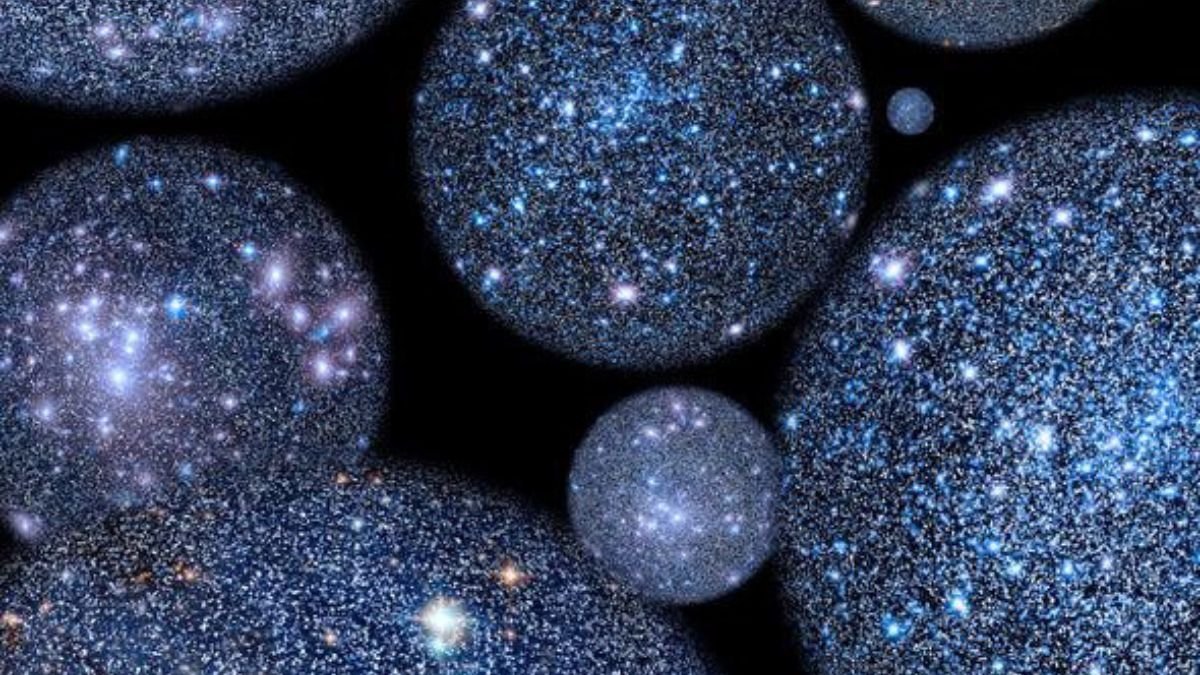When talking about contemporary science fiction, there may be no other theme more present in the imagination of fans of the genre than the idea of the multiverse. Take part in the most diverse categories of popular culture, from games to superhero sagas, The concept of the multiverse emerges from a much older intuitive question: Is our Cosmos one universe?
When we look into the distant Universe, we can never find a defined boundary, even with the most advanced technology available. Space extends as far as our eyes can see and wherever we point our instruments we always see the same nature of matter and radiation.
We find the same signs pointing to an expanding Universe in every direction: residual radiation from a hot, dense state; galaxies evolving in size, mass and number; chemical elements and numerous other factors that change their abundance as stars live and die.
So what lies beyond our observable Universe? Is there an abyss of only knowledge that can reach us? Or are there other universes whose nature is mysterious and inaccessible?
Evaluation of Multiverse Theory
Leaving fiction and entering science, The Multiverse hypothesis is highly controversial among researchers and academicsbut essentially a very simple concept is presented.
Just as the Earth, the Sun, the Milky Way, or any other location has no special location in the Universe, the Multiverse goes a step further and states that there is nothing special in our visible Universe, just a small part of it. It has a much larger structure.

This structure may be beyond the limits of our observations and may be part of an infinitely vast space-time containing countless other unconnected universes, similar or dissimilar to the Universe in which we live.
Science, although there is some imagination and speculation in its components, can only be done based on observations and measurements of what we understand as concrete reality. If there is something beyond our Universe, but our experiments fail to reach it, then would it be impossible to know whether the Multiverse exists?
It is not actually like that. In the history of science, numerous aspects of this reality were first predicted by physical theories and later proven directly or indirectly, such as black holes, gravitational waves, and others.

From this perspective, two concepts in modern physics form the basis. Fueling the Multiverse hypothesis: cosmic inflation and quantum field theory. Cosmic inflation tells us that before the Universe was filled with matter and radiation, space was filled with a type of energy inherent in its structure, causing the Universe to expand exponentially.
At a certain point, inflation ended, the “energy inherent in space” converted into particles, giving rise to the early Universe.
Like The universe has a quantum natureThis means that we should expect inflation to have properties consistent with quantum field theory, the best and most powerful description of the particle world. Therefore, everything introduced by quantum physics, such as Heisenberg uncertainty and the existence of fluctuations, should also be valid for inflation. When we put these two theories together, a series of predictions emerge; The Multiverse is one of them.
Think of inflation this way: There is a small ball on a very flat plateau. The ball can roll slowly in any direction, but as long as it remains at the top of the plateau, inflation will continue. When the ball leaves the plateau and moves into the valley below, inflation ends and a transition is made to a Universe dominated by particles, that is, matter and radiation.

However, one of the features of quantum physics is that the position of a particle at any given time is not deterministic but follows a probability distribution. Rather than a ball, you can visualize this as waves created by a ball falling into a lake.
If the ripples propagate faster than the ball rolls, then we will have regions where the ripples will “fall” off the plateau and other regions where the ripples will “drive” closer to the center of the plateau, creating two different situations. These regions of space The places where inflation ends and the Big Bang begins are each their own independent universes that will form the Multiverse..
But as always in science, gathering convincing evidence is essential to understanding the Cosmos, and the truth is that we are a long way from testing this hypothesis regarding the existence of multiverses. It may be that inflation is wrong, that quantum physics is wrong, or that applying these theories together may have fundamental flaws (as briefly described above). The place we know. As far as we know, it doesn’t look like the Multiverse will be leaving science fiction for a long time..
Ah! We’re not talking about the Many Worlds Interpretation, are we? Let’s leave that for another day…
Source: Tec Mundo
I’m Blaine Morgan, an experienced journalist and writer with over 8 years of experience in the tech industry. My expertise lies in writing about technology news and trends, covering everything from cutting-edge gadgets to emerging software developments. I’ve written for several leading publications including Gadget Onus where I am an author.












